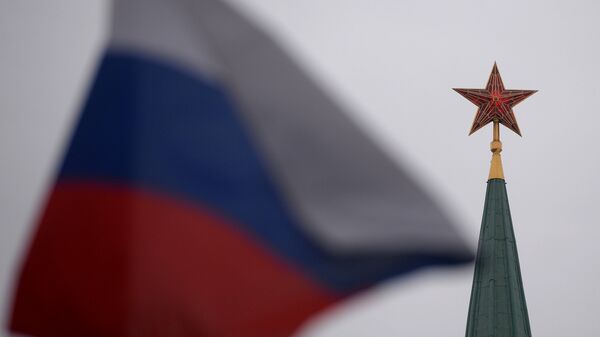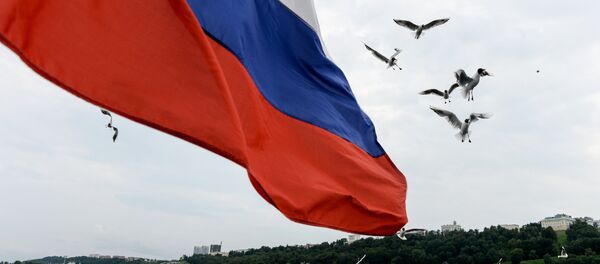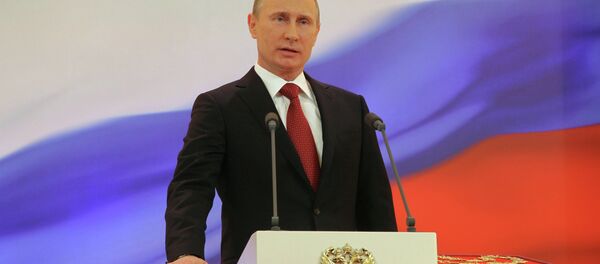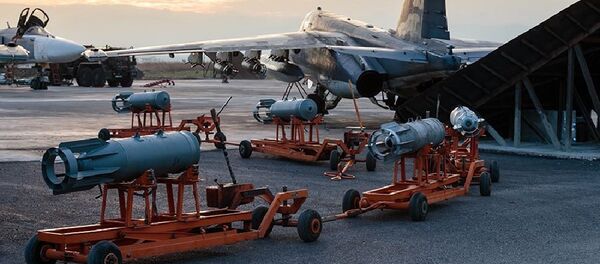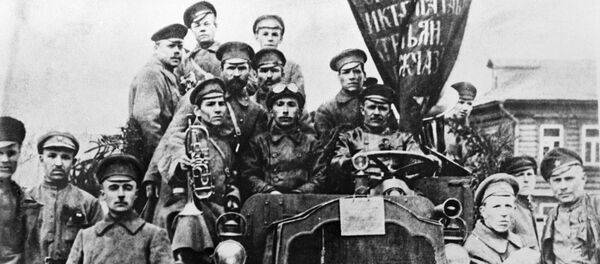MOSCOW (Sputnik) – National Unity Day was established in accordance with a federal law amending Article 1 of the Federal Law on Days of Military Glory (Victory Days) of Russia, dated December 24, 2004.
National Unity Day was established in memory of the events of 1612, when Kuzma Minin and Dmitry Pozharsky led a people’s volunteer army to liberate Moscow from Polish occupation. Historically, it was connected to the end of the Time of Troubles in the 17th century.
The Time of Troubles began at the death of Ivan the Terrible in 1584 continuing until the establishment of the Romanov Dynasty in 1613. A period of a deep crisis caused by the end of the Rurik dynasty, or Rurikids, soon developed into a national and state crisis compounded by a collapse of the united Russian state and the appearance of numerous pretenders to the throne, as well as widespread theft, robbery, bribery and alcoholism.
Contemporaneous accounts describe fears that the ultimate destruction of the "holy Moscow state" was imminent. Power in Moscow was usurped by the Seven Boyars (nobles) led by Prince Fyodor Mstislavsky, who opened the Kremlin gates to Polish troops, hoping to bring Prince Wladyslaw, a Catholic, to the Russian throne.
Patriarch Hermogenes called on Russians to defend the Orthodox Church and drive the Polish invaders from Moscow.
"It’s time to give your lives to the House of the Most Holy Mother of God," the Patriarch wrote.
In September 1611, Kuzma Minin, a meat trader and a district head in Nizhny Novgorod, appealed to people to join the volunteer troops.
Responding to Minin’s appeal, people of Nizhny Novgorod provided one third of their property for the maintenance of the local volunteer corps. But it was not enough, and soon another appeal was made, this time for an additional one-fifth of their property.
Kuzma Minin donated all of his money for the army, and his wife is said to have given her jewelry.
Acting on Minin’s exhortation, people appealed to Novgorod Prince Dmitry Pozharsky, then 30 years old, to lead them. But the prince only agreed to become their military leader if the people of Nizhny Novgorod would choose a trusted aide to oversee the public funds. The people chose Minin, which is why the volunteer corps had two leaders, both chosen and trusted by the people.
Minin and Pozharsky rallied a large army including over 10,000 service-class people (bound by obligations of service, especially military service to the Moscow State), about 3,000 Cossacks, over 1,000 Streltsy (riflemen) and many peasants bound by military service obligations.
The Nizhny Novgorod voluntary corps, marching under an icon of Our Lady of Kazan, uncovered in Kazan in 1579, stormed Kitai Gorod (the external walls of Moscow) on November 4, 1612, driving the invaders from Moscow. That victory provided a powerful impetus for the revival of the Russian state. The icon of Our Lady of Kazan became the protector of all Russia.
The liberation of Moscow created conditions for the restoration of state power and the election of a new tsar. In November 1612, the leaders of the volunteer corps sent invitations to all Russian cities to attend a national assembly (the Zemsky Sobor). In late February 1613, the Zemsky Sobor, comprising representatives of all classes of Russian society (clergy, boyar, nobility, Cossack, peasant, etc.), elected Mikhail Romanov, the son of Metropolitan Filaret, as the new tsar, the first of the Romanov Dynasty.
The 1613 Zemsky Sobor ended the Time of Troubles and celebrated the priority of Orthodoxy and national unity.
According to the Nikon Chronicle, a compilation of chronicles for the time, after driving the invading Poles from Moscow, Prince Dmitry Pozharsky placed the icon of Our Lady of Kazan in his parish church of the Presentation of the Virgin in the Temple in the Lubyanka district in Moscow. He donated funds for the construction of the Cathedral of Our Lady of Kazan on Red Square. The now widely accepted miracle-working icon, which Pozharsky brought to Moscow for the battle against the invaders, was moved to the new church in 1636 and remained there for the next 300 years.
Tsar Aleksei Mikhailovich, ruling from 1645-1676, established a holiday to commemorate the liberation of Moscow, the Day of the Icon of Our Lady of Kazan. It was marked as an Orthodox and state holiday until 1917. The day is celebrated on November 4 (October 22 Old Style) as an Orthodox Holiday of Day of the Icon of Our Lady of Kazan, in memory of the 1612 liberation of Moscow.
National Unity Day is not a new holiday but an old tradition recently revived.
On National Unity Day, political parties and public movements around Russia hold demonstrations, marches, concerts, as well as educational, charity and sports events.
The popularity of this holiday grows each year. According to a poll conducted by the Public Opinion Foundation (FOM) on October 26, 2014, 63 percent of respondents believe that it is an important holiday, an increase from 57 percent in 2013.

